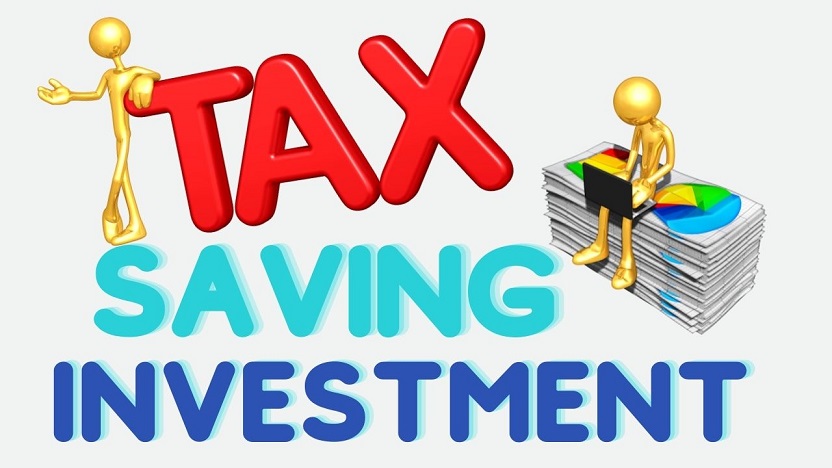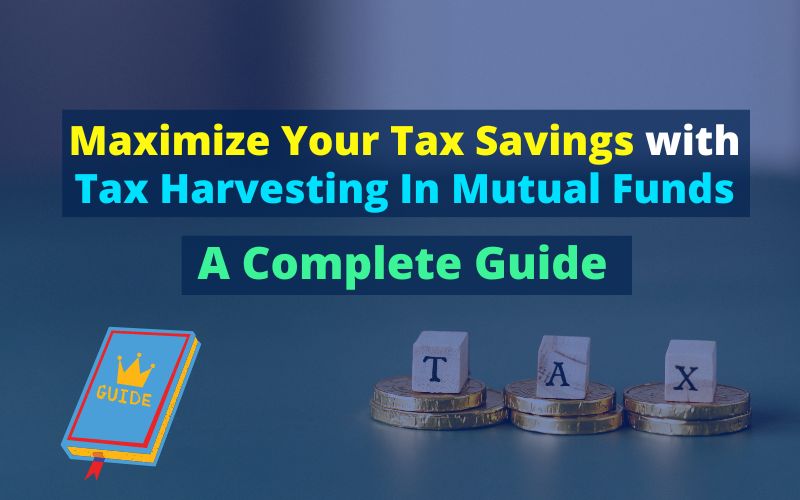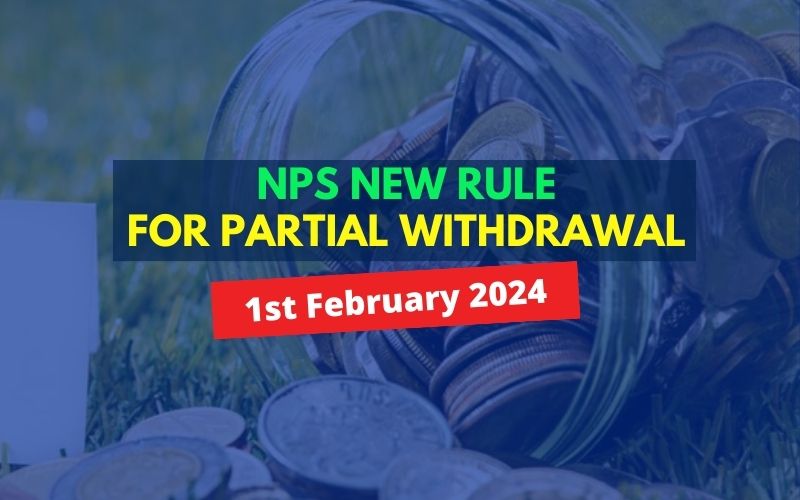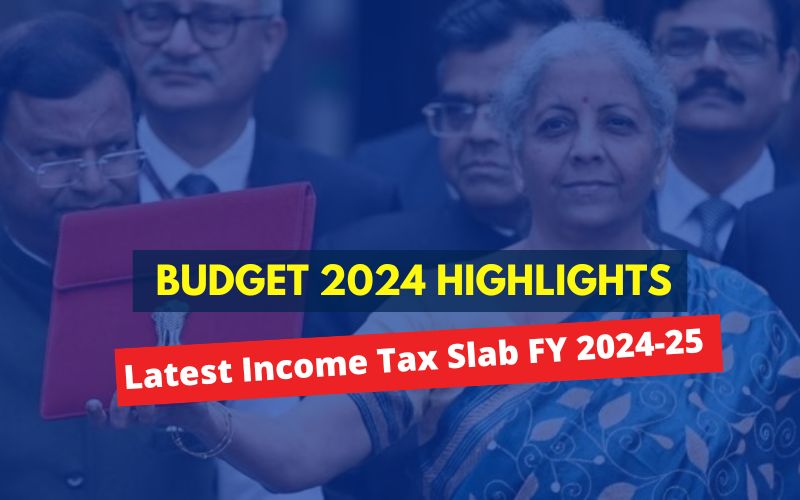Tax saving investment is one of the crucial parts of personal finance and investment planning. However, most people invest in this last-minute without planning.
In this article, I have shared tax planning investment strategies and tax saving investment options with you.

Table of Contents
Tax Planning Investment Strategies
When it comes to saving tax by investing in tax saving investment options, it’s all about investing in financial products falling u/s 80C & 80CCD of the Income Tax Act, 1961.
💡Note: Maximum tax limit for the deduction that one can avail under sections 80C is Rs. 1.5 lakhs & under 80CCD (1b) is Rs. 50,000. Combining both the sections Rs. 2 lakhs.
By investing more, one cannot save more tax.
Tax Saving Investment Options
Here I am listing down the tax saving investment options, lock-in period, and risk involved in these investment options.
| Sl. No. | Investment Options | Tax Benefit Under Section | Lock-in period for | Risk factor |
| 1 | Public Provident Fund | 80C | 15 years | Low |
| 2 | Tax Savings Fixed Deposit | 80C | 5 years | Low |
| 3 | Employee Provident Fund | 80C | Retirement | Low |
| 4 | Senior Citizen Savings Scheme | 80C | 5 years | Low |
| 5 | Sukanya Samriddhi Yojana | 80C | Till girl child reaches 21 years of age (partial withdrawal allowed when she reached 18 years) | Low |
| 6 | Life Insurance Policies | 80C | 5 years | Medium |
| 7 | Unit Linked Insurance Policy | 80C | 5 years | High |
| 8 | ELSS Mutual Funds | 80C | 3 years | High |
| 9 | NPS Scheme | 80CCD (1B) | Retirement | High |
Tax Planning Calculation
💡Pro Tip: Invest in the tax savings instrument only for the investment GAP and not total Rs. 2 lakhs.
Let’s understand this with an example.
Suppose Mr. X’s income is Rs. 7 lakhs and his Provident contribution per month are Rs. 2,000, and his employer is Rs. 2,000. He claims an HRA benefit of Rs. 60,000 and pay child education tuition fee Rs. 50,000 p.a., then how much does Mr. X need to invest for maximum tax saving?
Tax Rebate u/s 87A of the IT Act, 1961: This section provides individual taxpayer rebates if their total income is less than Rs 5 lakh after claiming deductions. It means your total income after all the deduction (including tax saving investment) comes within Rs. 5 lakhs, then your tax liability becomes zero.
Now let’s do Mr. X’s tax planning, focusing on the section 87A rule in mind.
The intention is to make the total income within Rs. 5 lakhs to pay zero tax in your Rs. 7 lakhs income.
Here is the tax planning calculation 🖩:
| Particulars | Amount (Rs.) |
| Annual Salary | 7,00,000 |
| Less: HRA (eligible HRA tax deduction) | 60,000 |
| Less: Standard Deduction | 50,000 |
| Less: School tuition annual fee (80C) | 40,000 |
| Less: Employee PF Contribution (80C) | 24,000 |
| Total | 5,26,000 |
The above calculation clearly shows that you still have scope to invest Rs. 86,000 (Rs. 1.5 lakhs – 40,000 – 24,000) u/s 80C and Rs. 50,000u/s 80CCD (1b).
However, to make your income tax-free, investment GAP is Rs. 26,000. Hence, you should invest only Rs. 26,000 in any of the tax saving investment options.
By investing more, one cannot save more tax.
(Read more: How To Invest In Direct Mutual Funds?)
When is the right time for tax planning?
At the beginning of the financial year, when your employer asks you to declare your expected tax savings investment for that financial, most employees do not take it seriously and declare blindly.
Well, this is the right time when you should declare after-tax planning calculations and start investing monthly.
The benefit of starting your tax planning early
🔹You can begin the disciplined investment
🔹Avoid excess investment for tax saving purposes
🔹Avoid the last-minute hassle
Consequences of unplanned investment declaring to your employer
🔸Access tax deduction in Jan, Feb & March
Expenses accepted for tax savings under section 80C
Even though the below expenses are part of our life, most people do not know that these expenses can help save taxes:
🔹Child tuition fee – If you have a school-going child, you can claim tuition fee expense for your tax saving.
🔹Life insurance premium: It includes premium paid towards life insurance ( term insurance and investment-based insurance policies like ULIP, Endowment policy, money back policy, etc.).
🔹Home loan principal – When you pay home loan EMI, you will notice EMI has two parts that are principal and interest. Hereunder section 80C of income tax, principal paid is accepted for claiming tax benefit.
Next time, before investing Rs. 1.5 lakhs under section 80C financial product, you must count these expenses and invest only for the GAP.
Note:
🔹Any investment (up to Rs. 1.5 lakhs) made under section 80C can only claim tax benefits in that financial year.
🔹By investing more than Rs. 1.5 lakhs under section 80C won’t help you save more taxes.
🔹For the next and every financial year, you will have to invest once again.
Tax Saving Investment Options FAQ
Q-1: Which tax saving investment options are risk-free?
Ans: Few top market risk-free investments are
🔹Public Provident Fund (PPF)
🔹Tax saving Fixed Deposit
🔹Sukanya Samriddhi Account (SSY)
🔹Senior Citizens Saving Scheme (SCSS)
🔹Employee’s Provident Fund (EPF)
Q-2: Which tax saving investment options involve risk?
Ans: Few top tax saving investments with market risk
🔹ELSS Mutual Funds
🔹ULIP Policies









